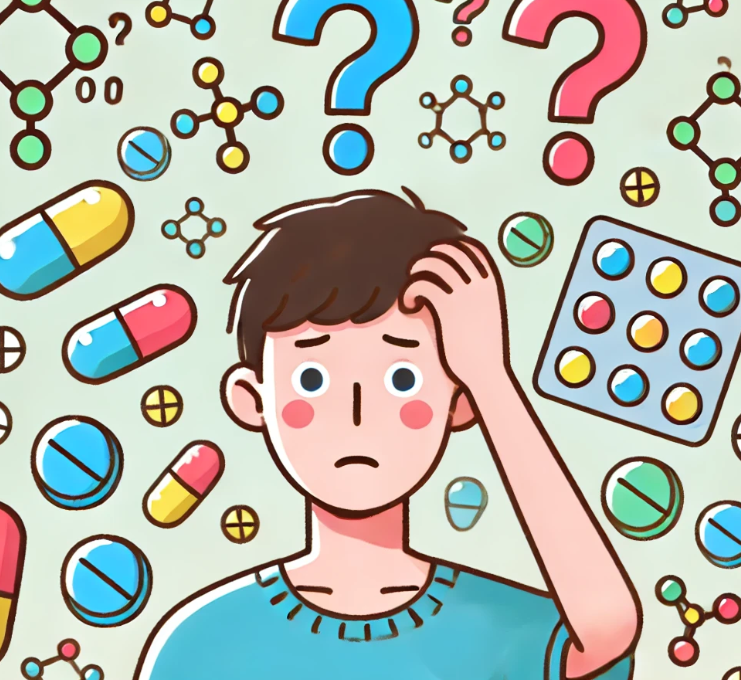
The Rise of New Synthetic Drugs
Drugs are constantly evolving to stay one step ahead of the law. These new psychoactive substances (NPS) are designed to mimic the effects of traditional illegal drugs like cannabis, cocaine, and heroin. Yet, they often come with even more severe health risks. These substances are popping up at an alarming rate, making it tough for authorities to keep up.
What Are Synthetic Drugs?
Synthetic drugs, often known as “designer drugs,” are lab-created substances that replicate the effects of well-known drugs but with slight chemical modifications. These modifications can make them more potent and unpredictable. They’re usually sold online or in head shops, labeled as “legal highs,” “bath salts,” or “research chemicals.” Despite their innocent-sounding names, these substances can be extremely dangerous.
The Scope of the Problem
A report from the United Nations Office on Drugs and Crime (UNODC) in 2020 showed that over 900 new psychoactive substances were documented between 2009 and 2018. Synthetic cannabinoids and cathinones were among the most reported, making up a significant portion of these new substances. These drugs are often more potent and dangerous than the substances they aim to imitate.
The Health Risks
The health risks associated with synthetic drugs are severe and multifaceted. Users often experience extreme psychological and physical effects, ranging from agitation, paranoia, and hallucinations to cardiovascular issues, seizures, and even death. These effects are unpredictable because the purity and composition of these drugs are usually unknown, especially since they are often produced in clandestine laboratories.
Case Reports: Real-Life Consequences
Consider the case of synthetic cannabinoids, often sold under names like “Spice” or “K2.” These substances can be much more potent than natural cannabis, leading to severe side effects. For example, users have reported extreme anxiety, hallucinations, and even life-threatening heart conditions. In some tragic cases, these drugs have led to fatal overdoses.
Similarly, synthetic cathinones, commonly referred to as “bath salts,” have been linked to numerous cases of violent behavior, severe paranoia, and heart attacks. These drugs can be even more dangerous than methamphetamine, causing users to engage in reckless and dangerous behavior.
The Legal Battle
One of the biggest challenges in combating synthetic drugs is their constantly changing chemical structure. As soon as one substance is banned, manufacturers tweak the chemical makeup to create a new, unregulated compound. This cat-and-mouse game makes it incredibly difficult for law enforcement and public health officials to keep these substances off the market.
Why Should You Care?
Understanding the dangers of synthetic drugs is crucial, not just for those directly affected but for the wider community. These substances pose significant public health risks, contributing to emergency room visits, long-term health issues, and even deaths. Moreover, their prevalence can strain healthcare resources and complicate efforts to manage substance abuse and addiction.
The Role of Public Health Practitioners
Public health practitioners play a vital role in addressing the synthetic drug crisis. They are at the forefront of educating communities, developing prevention programs, and advocating for stronger regulations. By staying informed and proactive, public health professionals can help mitigate the impact of these dangerous substances.
Staying Safe and Informed
For the general public, awareness and education are key. Understanding that these substances are not safe alternatives to traditional drugs is the first step. Being informed about the signs of synthetic drug use and knowing where to seek help can make a significant difference.
Join the Conversation
- Have you or someone you know been affected by synthetic drugs? Share your story and help others understand the real-life impact of these substances.
- What measures do you think could be effective in combating the rise of synthetic drugs? Share your thoughts and ideas in the comments below or on social media.
Conclusion
Synthetic drugs represent a rapidly evolving threat to public health. Their unpredictable nature and severe health risks make them a significant concern. By staying informed and supporting public health initiatives, we can work together to reduce the impact of these dangerous substances.
Join the Community – Get Your Weekly Public Health Update!
Be a health leader! Subscribe for free and share this blog to shape the future of public health together.”



